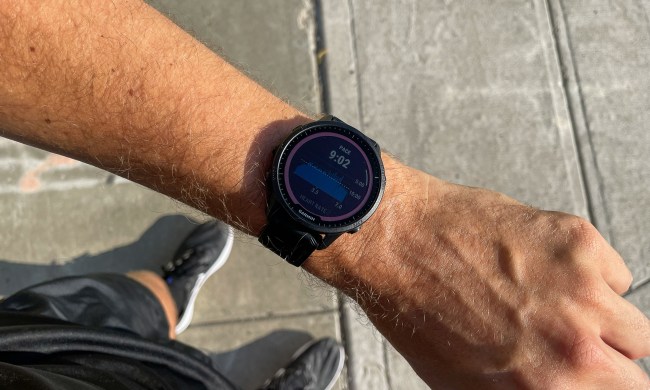With colony collapse disorder impacting bee populations around the world, robots may play a vital roll in the future of food. These micro aerial vehicles (MAVs) are small enough to perform pollination tasks usually left to insects, but may also help keep humans out of harms way by accessing hard-to-reach areas during search-and-rescue missions.
Last year, engineers in the Harvard University Microrobotics Lab and the Wyss Institute for Biologically Inspired Engineering unveiled a robotic bee that could fly around and perch on objects, a feature that enabled it to reserve its limited store of energy when it wasn’t in transit. Now, the Harvard team has revealed the latest version of its RoboBee, an aerial-to-aquatic device that can fly, dive into water, and even propel itself from the water’s surface back into the air.
“This is the first microrobot capable of repeatedly moving in and through complex environments,” said Yufeng Chen, the first author of the study, who was a graduate student in the Harvard lab at the time of the research. “We designed new mechanisms that allow the vehicle to directly transition from water to air, something that is beyond what nature can achieve in the insect world.”
RoboBee is small, measuring in at millimeters and micrograms. At that scale, taking off from the water’s surface is tricky, since surface tensions is more than ten times the weight of the robot and three times its top lift.
To overcome this problem, the team equipped the RoboBee with buoyant outriggers, like little water wings, and a gas-collection chamber that allows the robot to convert water into a combustible gas fuel. By increasing the RoboBee’s buoyancy, the gas helps its wings emerge from the water as the outriggers keep the robot stable. Once stabilized on the surface, a small spark inside the gas chamber sends the RoboBee into flight.
“Because the RoboBee has a limited payload capacity, it cannot carry its own fuel, so we had to come up with a creative solution to exploit resources from the environment,” said Elizabeth Farrell Helbling, co-author of the paper and a graduate student in the Harvard lab. “Surface tension is something that we have to overcome to get out of the water, but is also a tool that we can utilize during the gas collection process.”
The newest RoboBee is still far from ready for the real world. The little machine lacks onboard sensors and, with its limited motion-tracking system, can’t return to flight immediately after emerging from the water. But these developments are designed to the robot more resilient, so it can help ease the burden of bees and humans alike.
A paper detailing the latest generation of the RoboBee was published this week in the journal Science Robotics.


